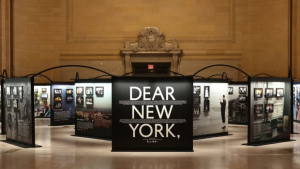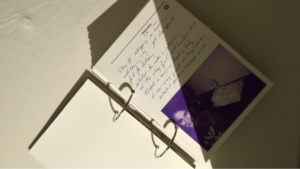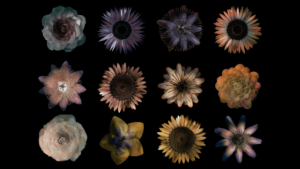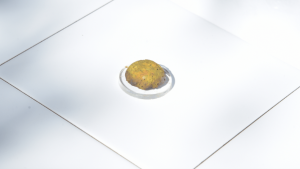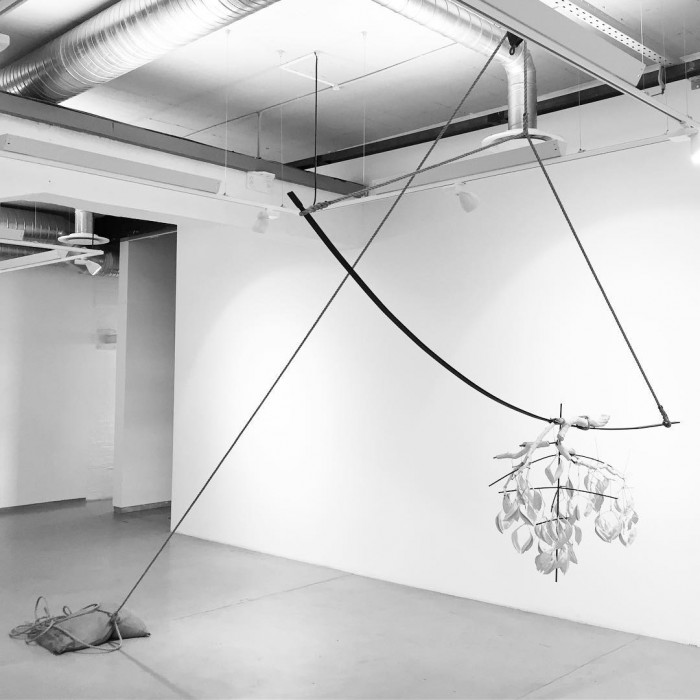
"Still-life with three suspended bodies" by Martin Wilson & Kyu Sang Lee.
Typically when people know that a bad storm is about to hit, they stay at home. It’s just safer that way. But for South Korean artist Kyu Sang Lee, such threatening weather conditions can be used as inspiration for art.
During one of the worst storms in over a decade, Lee decided to start filming: "The video is me trying to show what a true sense of helplessness is.” In the video he is struggling to walk across the shore as strong winds blow at him, causing him to lose balance and fall.
Inspired by the video and concept behind it, South African sculptor Martin Wilson reached out to Lee.
One year later, the pair – who met when they were both students at the Michaelis School of Fine Art – exhibited their collaborative video installation alongside other local and international artists at Galery MOMO in Cape Town.
Their collaborative work titled Still-life with Three Suspended Bodies and it formed part of a group exhibition titled: Be Kind. Please Rewind. The show seeked to explore the various complexities of video’s relationship to the construction and perception of history and memory.
In the work, Wilson used Lee’s video as inspiration for his sculpture. The sculpture is a seedpod made out of Plaster of Paris.
“We’re trying to create a feeling of either memory and nostalgia or a memory that isn’t quite formed yet. Here’s this video which represents a kind of violent and dynamic time. And right next to it are these seedpods that have never even felt the wind because they’re not actually seedpods. Somewhere between the two realities something changes and when you see both of them together, there’s anxiety and that’s the point,” Wilson said.
Walking through the space, I was fascinated by how alluring and unpretentious their video installation was. I didn’t feel like I needed to be an art enthusiast in order to understand what was going on.
Lee feels like it’s all in their approach, which they had decided from the get-go was not going to be a complicated one. Agreeing with Lee, Wilson adds that the fact that they weren’t pretentious with their work or adding things that didn’t need to be there also makes it easy for audiences to focus on their work and not be distracted by everything else.
I was curious to hear what the two artists, from two very different countries, had to say about an artist's responsibility to use their creativity to change the world.
Wilson said: “I’ve always had a problem with the idea that art is a responsibility. Or that it’s the responsibility of the artist to change the world. An artist is still a flawed human being, some are probably even bad people. So, I never want to feel like my artwork is my megaphone and that I get to tell people what’s on my mind. I just feel like I have an inclination - I love making things”.
Slightly agreeing with Wilson, and adding that people should be careful of treating artists like cultural gurus, Lee holds a different view.
He said: “I’ve always believed that art should have a clear function and purpose”. He added that the Mark Rothko quote, “my paintings are made in a way so that the sadness in me can meet the sadness in you and we can be less lonely”, sums it best for him.

